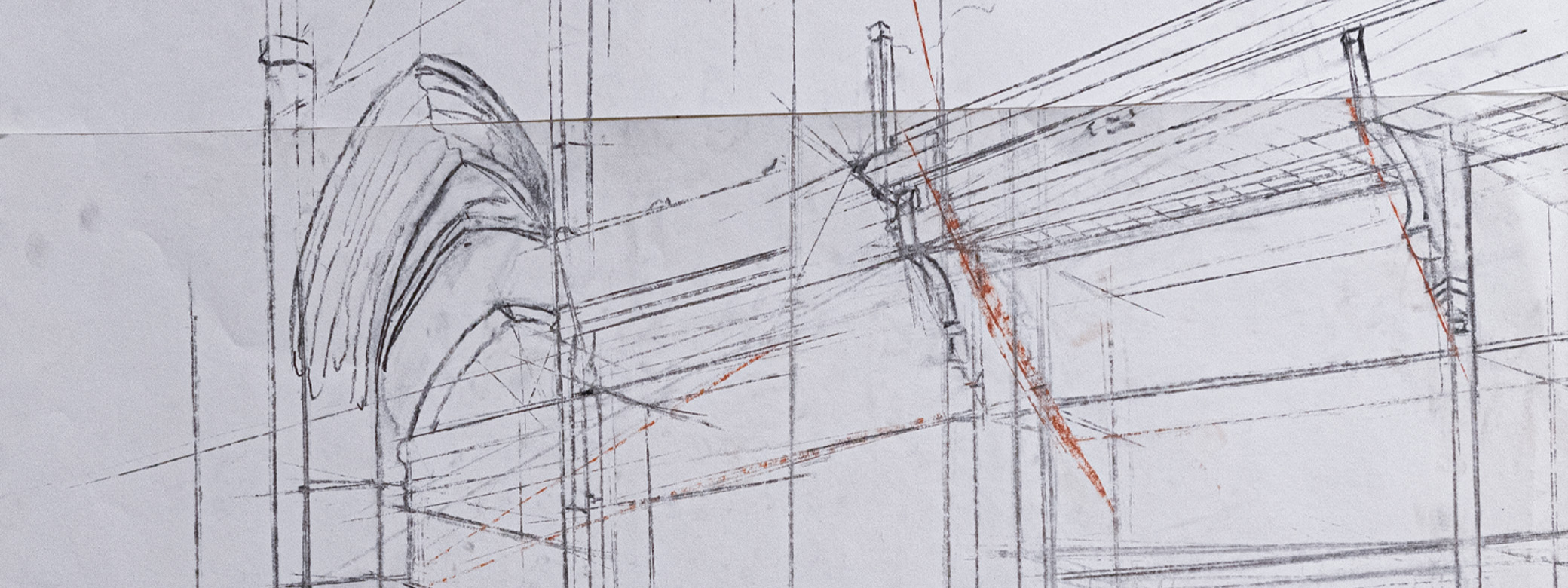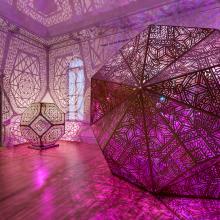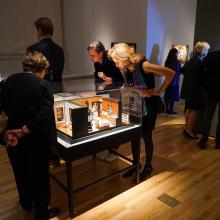Alum Nora Atkinson came to the UW after a year at Seattle University and two quarters at a community college. She thought she would study psychology when she first began college and considered a business degree when entering UW, but she instead turned to art, which was her first love. She had been painting for years and thought that would be her major, but she was also interested in photography. In order to take the classes she wanted, Atkinson had to declare the photography major. She was happy she did, and she graduated in 2002. She also minored in art history.
When asked what she would tell college freshmen about the benefits of studying art and/or art history, Atkinson said:
Studying art not only sensitizes you to the connections and subtle beauties of the world around you, but also gives you a unique way of opening others’ eyes to those things. Art has the power to explore the human condition, to promote empathy, to comment on current events, and affect the world in substantial ways, and that is your gift and challenge. Do this because you love it and because you can make a difference. Don’t let yourself get so insular in the field that you forget to see its real, vital relevance to human lives. Art communicates in a very contemporary way many ideas at once in our increasingly visual culture. In challenging times like these, never doubt that you can change the world.
In Atkinson’s senior year, she spent a quarter abroad with the School's Studio Art Program in Rome, and it was there she began to shift her focus away from art practice. The close contact with other aspiring artists, and conversations with Chris Engman (BFA 2003) in particular, "made me realize that I loved making art and being surrounded by it, but I did not want to be an artist in the same way he and others did. I always loved art in a more intellectual way, and I don’t think I was a great practitioner, but I had a good eye and an admiration for those who were." She ultimately decided to pursue a master's degree in museology at the UW, receiving that degree in 2006.
After working as curatorial and collections assistants at the Henry Art Gallery, Tacoma Art Museum, and Bellevue Arts Museum, Atkinson was hired as the Exhibitions Curator at Bellevue Arts Museum in 2006. In 2010, she was promoted to Curator. She worked on and wrote essays for numerous art, craft, and design exhibitions while there, most of them contemporary. She says, "In my curatorial practice I have often said, jokingly, 'The only good artist is a dead artist…' because if you work with Picasso you do not have to worry about the artist telling you he hates the wall color. But, in reality, the greatest joy in my job is working with living artists. They are often a challenge, but it is their passion that keeps me doing what I do."
In 2014, Atkinson was hired by the Smithsonian American Art Museum as the Lloyd Herman Curator of Craft at their Renwick Gallery, which was just undergoing renovation and reopened in late 2015. This was an excellent fit for her because of her strong interest in the role of the handmade in modern culture. Her early projects were the 2016 reinstallation of the permanent collection galleries, along with an accompanying catalogue, and the 2016 edition of the Renwick’s Invitational, Visions and Revisions. In 2017, she opened Murder Is Her Hobby: Frances Glessner Lee and The Nutshell Studies of Unexplained Death. This unusual exhibition featured the work of a woman often known as the mother of forensic science. Lee built miniature composites of true crime scenes that were used to train police investigators in the mid-twentieth century. As the exhibition’s webpage says, "Showcasing the Nutshells at the Renwick allows visitors to appreciate them as works of art and material culture in addition to understanding their importance as forensic tools, and to see Lee's genius for telling complex stories through the expressive potential of simple materials."
The idea of an exhibition featuring the artworks created at Burning Man had been in Atkinson's mind since 2010. She was fascinated by the maker culture and participatory, creative nature of the gathering that takes place for a week each summer in the Nevada desert. She finally pitched the idea at the Renwick in 2016, and the exhibition opened in March 2018. While two years may sound like a long time to prepare an exhibition, it is not, especially once one considers that the Nutshells exhibition was in the works during the same time, and there are myriad other daily activities that take up a curator's time.
No Spectators: The Art of Burning Man, created in collaboration with the Burning Man Project, has been garnering a lot of attention. Most of the works included have never been publicly displayed before. The Renwick is the only venue for the exhibition, and it has taken over two floors of the building. The first floor closes on September 16, 2018, and the second floor will close on January 21, 2019. In addition, there has been an outdoor extension titled No Spectators: Beyond the Renwick, which will be on view through December 2018.
Atkinson's work has been receiving notice. In the June 2018 issue of Washingtonian magazine, she was named the Best Boundary-Pushing Curator because of her two most recent exhibitions (p. 92). She also recently completed participation in the Getty Leadership Institute, the premier program for training museum leaders. She says that after a few years of experience in museums, it was an opportunity "to reflect on what I have done and who I am as a leader in the field, to realign goals, polish strengths, and better understand myself." The intensive experience also helped her build a wider network of colleagues.
The accomplishments of Nora Atkinson since receiving her BFA are impressive. We look forward to hearing more about her achievements in the future.
Links
- Murder Is Her Hobby: Frances Glessner Lee and The Nutshell Studies of Unexplained Death on Renwick website
- No Spectators: The Art of Burning Man on Renwick website
- Burning Man Project
- Washington Post article about No Spectators: The Art of Burning Man
- Metro Weekly article about No Spectators: The Art of Burning Man
- New York Times article about No Spectators: The Art of Burning Man
- Wallpaper* article about No Spectators: The Art of Burning Man
- Getty Leadership Institute 2018



